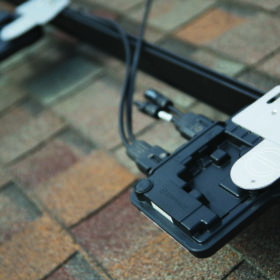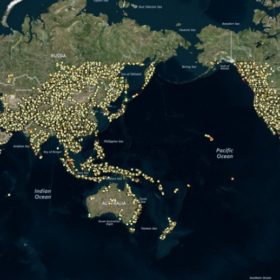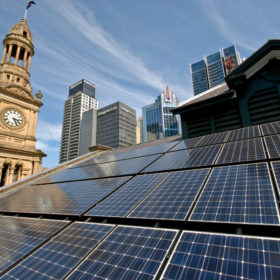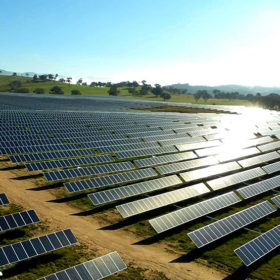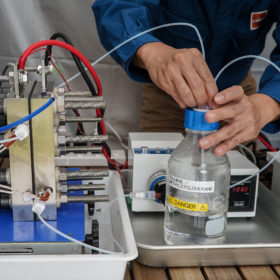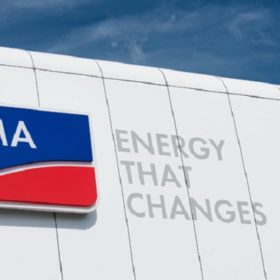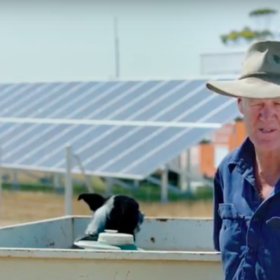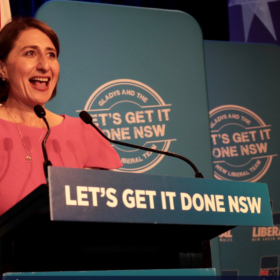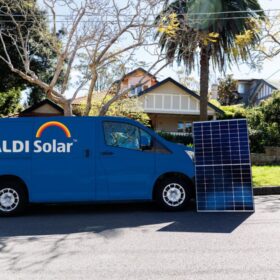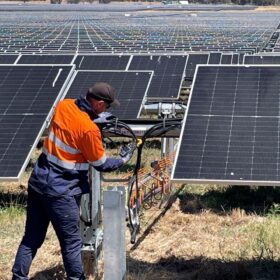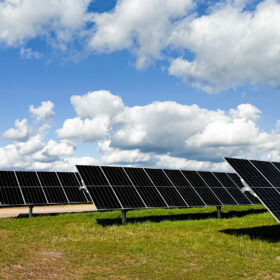Victoria to make smart inverters mandatory for Solar Homes
Following the decision to require retailers taking part in the Solar Homes program to be signatories to the Clean Energy Council’s Solar Retailer Code of Conduct, the Victorian government has set specific requirements for inverters that will be installed under the program.
Ausgrid, Reposit Power launch VPP trial in NSW
The solar households which choose to participate in the trial will receive direct cash payments of up to $135 per year, depending on the size of their battery system.
More than a half million pumped-hydro sites for a world of 100% renewables
A recent Australian National University study shows that newly developed geographic information system algorithms can identify prospective sites for off-river pumped hydro projects throughout the world. The researchers, who identified around 530,000 potential sites, said pumped-hydro installations could enable large-scale energy time-shifting, as well as a range of ancillary services such as frequency regulation, which could help to integrate high levels of PV and wind into electricity systems.
City of Sydney sets 100% renewables target
With solar panels already installed on dozens of its buildings, the City of Sydney has upped the ante with the goal to source 100% of its electricity needs from solar PV and wind. The commitment has been endorsed by Council this week, and a new 100% renewable electricity contract will be negotiated in the coming months.
REC Group rejects Hanwha Q Cells’ allegations in Australia
The Norwegian solar panel manufacturer says Hanwha Q Cells did not provide full particulars of its allegations despite REC Group’s requests and went ahead to commence proceedings in the Federal Court of Australia.
Solar supplies more power than brown coal or gas
Solar has grown so much that its output exceeded brown coal and gas over the summer months, between 9am to 5pm. New analysis by Green Energy Markets shows that across the whole of summer, renewable energy produced 128% more megawatt-hours of electricity than gas and 23% more than brown coal.
Queensland sends first green hydrogen shipment to Japan
Green hydrogen has been exported from Australia to Japan, under a trial executed by researchers from JXTG, Japan’s largest petroleum conglomerate, using Queensland University of Technology’s cutting-edge solar cell facility at the Redlands Research Facility on the Gold Coast. On top of that, the Queensland government has announced $250,000 in funding towards the establishment a renewable hydrogen production pilot plant.
SMA posts €175 million loss for 2018
The German inverter producer’s sales also fell significantly in the past financial year. With its cost reduction program, SMA is now eager to orchestrate a turnaround, but its first-quarter guidance still shows a sustained downward trend.
Government unveils $50 million pot to power remote communities
The Coalition government has announced funding to support up to 50 off-grid and fringe-of-grid feasibility studies investigating whether building a microgrid can be a cost-effective solution. The studies will also look at whether existing off-grid capabilities can be upgraded with more up-to-date technology.
NSW dared to dream of a RET — now its vast renewable pipeline relies on Gladys
In the lead-up to the NSW election last Saturday, the difference between Labor and Liberal candidates’ support for renewable energy was stark. Now as the State waits for Gladys Berejiklian to form a cabinet, the planned large-scale renewables pipeline — some 16 GW of solar, wind and battery assets — begs for a co-ordinated approach to connection and distribution of the state’s future sources of power and prosperity.
